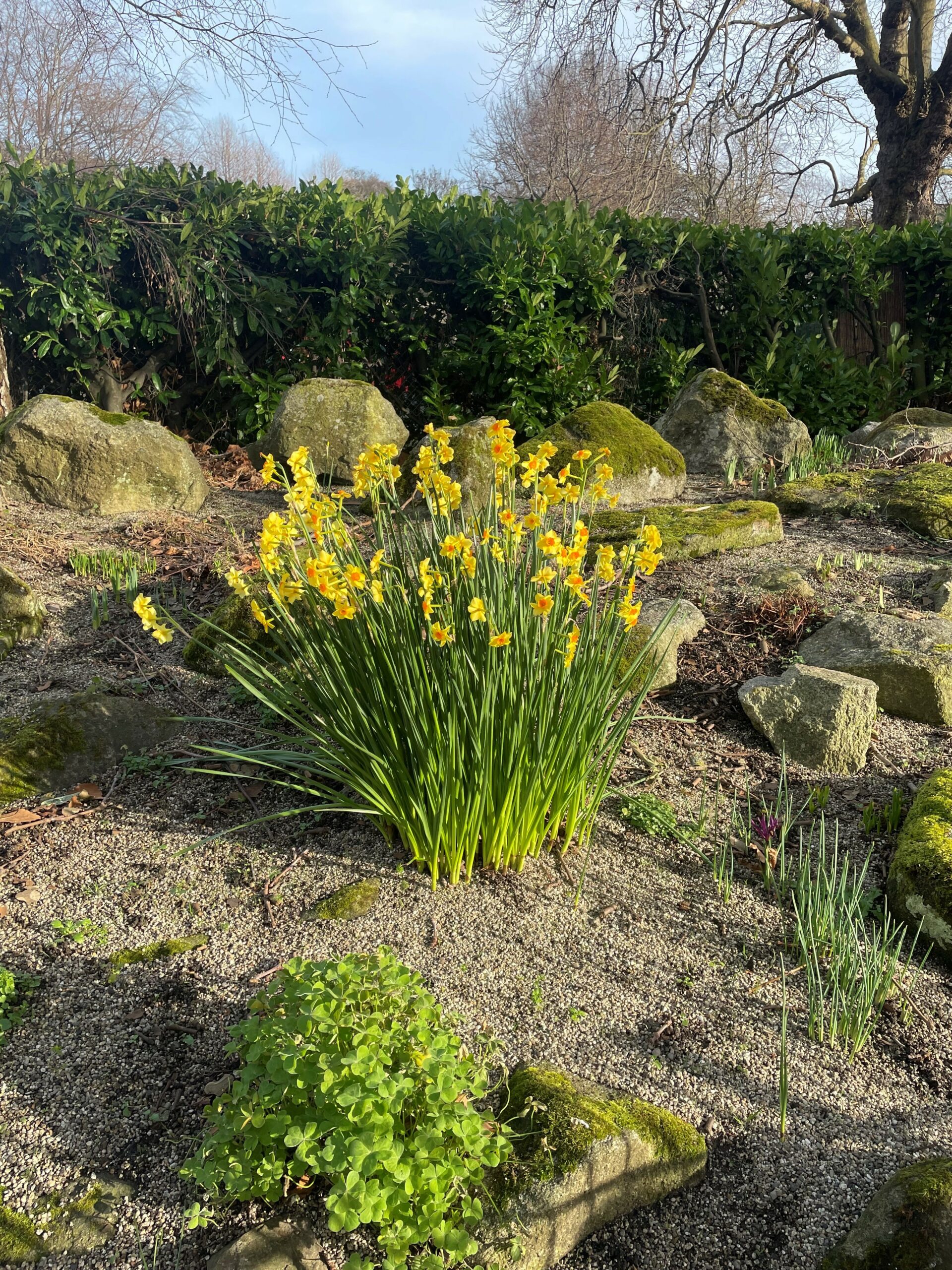St Brigid’s Day, February 1st marks the beginning of spring.
St Brigid`s Day celebrates the creativity of women and is a day that has long symbolised hope and renewal. This year marks the 1500th anniversary of her death. Brigid is one of our three patron saints, along with St Patrick and St Colmcille.
She is often referred to as ‘Brigit of Kildare’ and was said to be the founder of several monasteries of nuns, including that of Kildare.
St Brigid’s day is also the day of Imbolc, an old Celtic celebration. It symbolizes the halfway point between the winter solstice (Yule) and the spring equinox (Ostara).
The word “imbolc” means “in the belly of the Mother,” because the seeds of spring are beginning to stir in the belly of Mother Earth.
It is the festival of new life and fertility. It was a time to look forward to brighter days, warmer weather, new growth on the land and the birth of farm animals. It was very important to seek protection and blessings for the family, home, crops, and animals at this time.
One of the traditions of the day is to make a St Brigid’s Cross. They are usually made from fresh rushes or straw. They are made in a cross shape with a square shape in the middle and then four arms coming along each side. They would be hung outside the house.
People believed St Brigid crossed through the land on the eve of her feast day and gave blessings and protection to homes and farms where crosses were hung in her honour.
St Brigid’s Day

